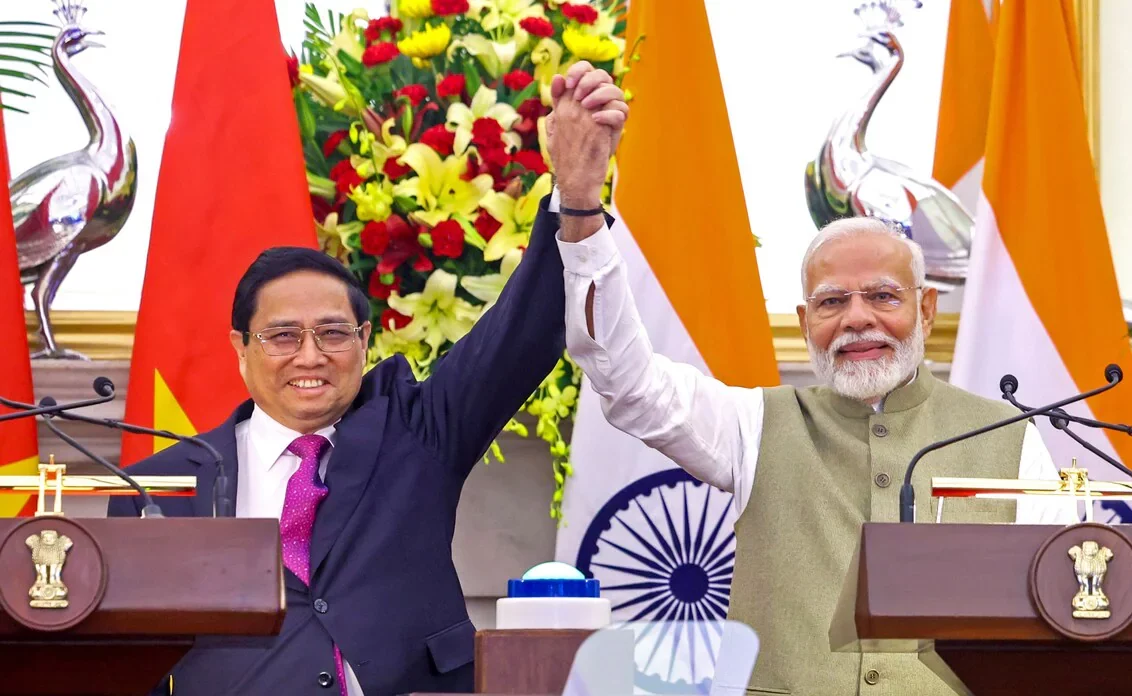In recent years, emerging market (EM) exchange-traded funds (ETFs) have become a dominant force in global investment flows. As investors seek growth opportunities beyond developed markets, EM ETFs offer diversified, cost-effective access to some of the fastest-growing economies. However, while the overall trend is positive, a deeper look reveals divergent capital flow patterns within EMs, particularly between India and Vietnam. The question many investors ask is: Are ETFs channeling more capital into India or Vietnam? And what are the drivers behind these flows?
This article explores the current landscape of EM ETF flows, compares the economic and market fundamentals of India and Vietnam, and examines the implications for investors positioning themselves in these emerging markets.
India: Capturing the Bulk of ETF Capital Inflows
India has emerged as a clear frontrunner in attracting ETF inflows. Several factors contribute to this trend:
First, India’s macroeconomic fundamentals remain robust. The country has maintained impressive GDP growth rates, often above 6%, fueled by a growing middle class, urbanization, and a push toward digital infrastructure and manufacturing. This growth outlook appeals to investors searching for sustainable expansion stories.
Second, India’s market accessibility and liquidity have improved substantially. The country’s stock exchanges, particularly the NSE and BSE, offer deep pools of large-cap and mid-cap stocks that are well represented in global EM ETFs. Popular ETFs such as the iShares MSCI India ETF (INDA) and the Franklin FTSE India ETF (FLIN) have seen consistent inflows, signaling strong investor confidence.
Third, reforms in governance, taxation, and foreign investment regulations have enhanced India’s attractiveness. The government’s continued focus on structural reforms reassures investors about the stability and transparency of the market.
Finally, data on ETF flows supports India’s dominance. In early 2025, India-focused ETFs regularly recorded inflows exceeding $1 billion monthly. This capital has come from both institutional and retail investors looking for exposure to one of the largest and fastest-growing emerging economies.
Vietnam: Growth Story Meets Capital Outflows
Vietnam tells a contrasting story. Despite its strong economic growth and strategic positioning in Southeast Asia, Vietnam has faced persistent ETF outflows over recent periods.
Vietnam’s GDP growth has been impressive, consistently above 6%, driven by export-oriented manufacturing and increasing integration into global supply chains. The country has also signed multiple free trade agreements, boosting its trade potential.
Yet, the ETF capital flows tell a different tale. Throughout much of 2024 and into 2025, Vietnam experienced net redemptions from ETFs, shrinking assets under management by a significant margin. Foreign investor withdrawals have outweighed domestic buying interest, leading to an overall decline in capital allocated through ETFs.
Several factors explain this paradox. Currency volatility and concerns over the Vietnamese dong’s depreciation have made investors wary of potential losses on top of market risk. Trade tensions and tariff uncertainties impacting Vietnam’s export sectors have further dampened enthusiasm. Additionally, Vietnam’s relatively smaller and less liquid stock market poses challenges for large institutional investors who prefer markets where they can deploy significant capital without affecting prices.
Vietnam’s status as a frontier market rather than a fully recognized emerging market limits its inclusion in major global benchmarks, restricting passive fund flows. This classification creates an additional hurdle for attracting consistent ETF capital.

Comparing the Investment Environment: India vs. Vietnam
India’s attractiveness lies in its combination of sustained economic growth, improving market infrastructure, regulatory reforms, and liquidity. Investors perceive India as a more mature emerging market offering a balance between opportunity and risk.
In contrast, Vietnam, while economically dynamic and strategically important, faces challenges that undermine investor confidence. Currency risks, trade policy uncertainties, and market size limitations mean investors are more cautious. The frontier market designation further restricts passive inflows from large global funds.
Sentiment analysis from investor forums and social media reflects this divide. India is widely regarded as the standout EM destination, often praised for its reforms and growth potential, even if valuations are relatively high. Vietnam is seen as having significant promise but also higher risk, requiring more selective and risk-tolerant investment approaches.
Implications for Investors and Emerging Market Allocations
For investors seeking growth within EMs, India currently offers the most compelling proposition. The country’s ongoing reforms, large consumer market, and market liquidity attract substantial inflows, and ETFs provide an accessible vehicle to participate in this growth.
For those with a higher risk tolerance and a desire for diversification, Vietnam remains an interesting but more volatile option. Its export-driven economy and strategic trade agreements could unlock further growth if currency stability improves and geopolitical uncertainties ease.
Investors should also be mindful of the different risk profiles and market dynamics within EM ETFs. Currency fluctuations, geopolitical events, and local market conditions can significantly impact returns, particularly in frontier markets like Vietnam.
Conclusion: India Leads the EM ETF Rally, Vietnam Awaits Its Moment
The surge in EM ETF inflows in 2025 overwhelmingly favors India. This reflects a convergence of strong economic fundamentals, regulatory improvements, market accessibility, and investor confidence. India has become the dominant beneficiary of global capital seeking EM exposure.
Vietnam, while economically promising, continues to face headwinds that have led to ETF outflows and investor caution. Its journey to becoming a stable recipient of global capital is ongoing, hinging on improvements in currency stability, market liquidity, and geopolitical clarity.
As emerging markets continue to evolve, understanding these capital flow patterns and the underlying drivers is crucial for investors aiming to optimize their EM allocations. For now, India stands out as the preferred destination for ETF inflows, while Vietnam remains a market to watch closely for future opportunities.





























